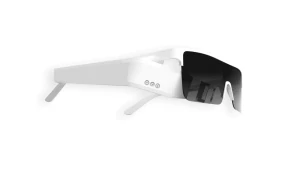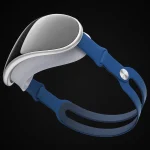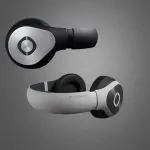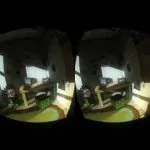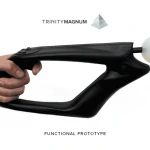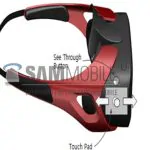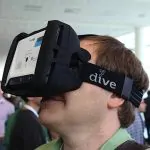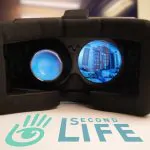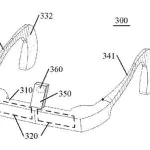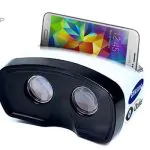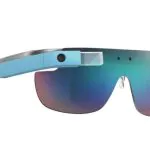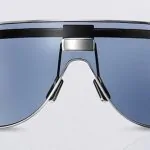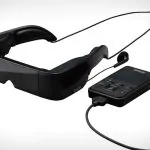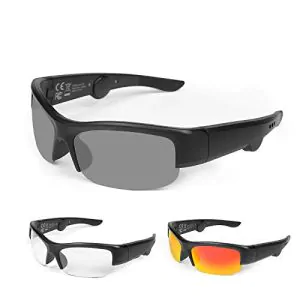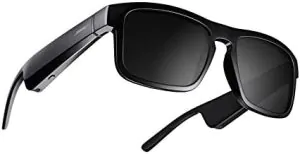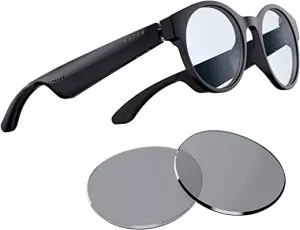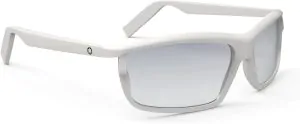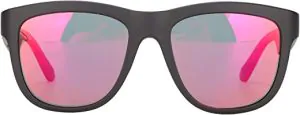
Google seems to be dominating the headset world in wearable technology, but there are still a number of very competitive options for consumers, and there will continue to be a number of options even when Glass is finally released. The important thing to remember is that a lot of headsets serve different purposes. Some headsets are designed for gaming. The new AR Glasses, called Ora by Optinvent however are a little different. Kind of like Google Glass, the Ora is designed to be specifically an augmented reality headset.
Optinvent isn’t completely new to the augmented reality game, having debuted an early version of their ClearVu headset in 2009. 4 years later and Optinvent is at it again, and they’re finally moving into the final production stage of their new Ora, which is aimed at competing with the great Google Glass.
The Ora, unlike other virtual reality headsets offers what they call “true AR”. Unlike other devices which have what’s called a “companion display” or one small display on one side of the headset, the Ora offers a display which is right in front of your eyes, instead of having to look up to see the display like many other augmented reality devices.
Not only is the display in the Ora positioned different than other devices, but it’s also a lot larger, boasting 3 times the size of Glass. The size of the device is likened to watching TV on a 85-inch screen. The display itself is only 4mm thick, and is made from plastic, like the rest of the device.
The current version of the Ora is unfortunately not destined to be a mass production device, and is for now only a prototype, and the final version is set to be much sleeker and more effective than the current prototype. Not only that, but there is going to also be a version of the Ora that attaches and detaches from your normal glasses.
The electronics behind the Ora are located on the right of the display, and it includes the use of a camera and light sensor. Not only that, but it also houses a noise canceling microphone. The battery for the device is located here, and should last 8 hours on a normal day of usage.
The Ora can also connect to Wifi and Bluetooth, allowing it to connect to your smartphone. It also has an accelerometer and motion sensor built in. The software behind the device is Android 4.1.2, which is ironic considering the device is set to take on Google.
An SKD for the device has been made, and is set to be available to developers by the end of the year. If interested, developers can purchase the kit for 700 euros, which comes to around $950. The final product however should be a fair bit cheaper than the developers kit.
The Ora is definitely a device to keep an eye on, no pun intended!


